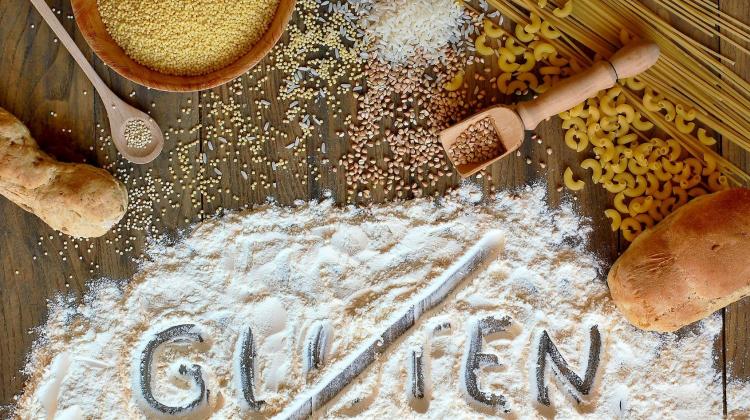Chemical molecule traps
 Photo: Fotolia
Photo: Fotolia
They will detect gluten in food, blood cancer markers, toxic substances in the environment. Chemical sensors produced by molecular imprinting are like tiny molecule traps. Dr. Zofia Iskierko develops these traps at the Institute of Physical Chemistry of the Polish Academy of Sciences in Warsaw under the supervision of Prof. Włodzimierz Kutner.
As Dr. Iskierko explained in the interview with PAP, to create a chemical sensor - you must first thoroughly know the substance to be detected. Molecules of the substance will form the so-called "template", the core of chemical puzzles. In the next step, the selected molecule must be "enclosed" within monomers that form chemical bonds with the "template" molecules. Polymerisation is then initiated. In this way a polymer with an imprinted molecule is formed.
"In order to be able to detect the selected substance, the +template+ must be removed from the polymer, thereby creating molecular gaps - free spaces of exactly the same shape and size as the molecules of the target substance" - explained the chemist.
As a result, polymers are selective, which means that only the molecule for which a specific sensor is designed can fall into the molecular "trap". The sensor detects if the substance is present in the sample, and if so, in what amount.
Dr. Zofia Iskierko designs and creates "traps" for gluten and other substances of interest for medicine or toxicology. The researcher is this year\'s winner of the Foundation for Polish Science START scholarship. She works on chemical sensors at the Institute of Physical Chemistry of the Polish Academy of Sciences under the supervision of Prof. Włodzimierz Kutner. She also completed an internship at the Department of Biotechnology at the University of Verona where she became acquainted with the study of real biological samples.
To select the right "puzzles", scientists use specialized computer software. It allows to check, for example, whether the template will react with the monomer molecule. "This allows us to predict whether the reaction will actually take place. Once we have that knowledge, we can conduct a laboratory experiment" - said Dr. Iskierko.
Molecular imprinting sensors are not yet produced on a large scale. However, examples of their use for the detection and identification of various substances, such as cancer markers, can be found in literature (http://naukawpolsce.pap.pl/aktualnosci/news,411589,nowy-polimer-ostrzeze-o-groznych-chorobach-nerek.html). Researchers continue to improve their laboratory models of molecular chemical sensors. In the future these devices will be commercially available.
"I can imagine a small electronic device that will allow everyone to check if the food is gluten-free, and the sensor will also indicate how much gluten it contains" - said Dr. Iskierko.
She added that the detector component of the sensor is a very thin polymer layer. In combination with a tiny, transistor transducer, it will be a device similar to the popular glucose meter with replaceable cartridges of any shape. "The only limit is our imagination" - she said.
PAP - Science and Scholarship in Poland, Karolina Duszczyk
kol/ zan/ kap/
tr. RL
Przed dodaniem komentarza prosimy o zapoznanie z Regulaminem forum serwisu Nauka w Polsce.
















